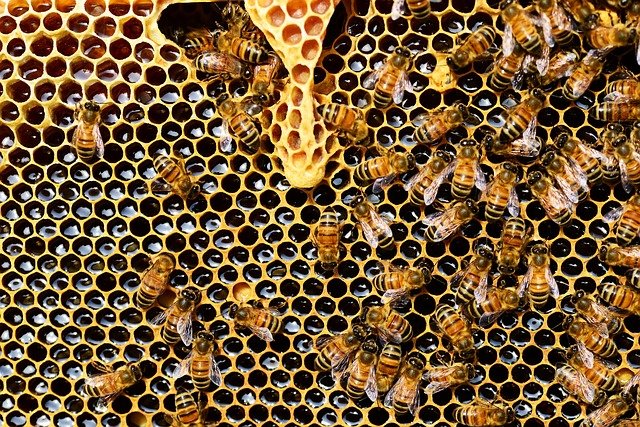
Everyone knows that honey is not only nutritious but also delicious. But honey is even more impressive when you look at how it’s made. The honey bee we know and love lives to support the colony. Each bee in the colony has a job, and its job must be complete for the colony to thrive. Producing honey and storing it is one way the bees ensure the life of the hive.
We think the way honey is made is spectacular! So, let’s educate ourselves on why bees produce honey and how they make it. However, before we dive into that, here are some interesting facts about honey to amaze you! So, let’s find out why bees make honey and how they make honey. However, before we dive into it, there are some fascinating facts that you won’t believe about honey! You may be interested in seeing food grade transfer pump.
Did you know?
You may think that all of these insects make honey, but that’s not the case. Indeed, you will find approximately only seven kinds of these honey bees. During their foraging trips, the bees grab two things – nectar and pollen. These are used to produce honey for storing for the cold winter months.
Worker bees produce approximately one and a half teaspoons of honey during their brief lifetimes. Worker bees only live about six weeks.
During just one foraging trip, honey bees visit about 100 flowers on average.
A honey bee colony that is large can eat 100-200 pounds of honey during the year.
These bees will travel a four to five-mile radius when foraging for nectar and pollen to make just one pound of honey. The honey bees travel approximately 55,000 miles!
Why Do Honey Bees Make Honey?
Honey Bees are practical and intelligent. While the spring and summer months are going on, worker bees collect pollen and nectar to make honey stores for winter. Bees can’t survive outside of hives in the cold winter months. Also, food sources are very scarce during the winter months.
The honey bees produce as much honey as possible during the warmer months to support the colony in the “offseason.” Bees use honey to feed the young. New honey bees eat pollen and nectar to become strong and be ready to work when springtime comes.
How Do Bees Make Honey?
The preparation of honey is not a one-step process but includes many steps, as you can probably guess. So let’s follow the honey bees step-by-step as they produce honey for the colony.
Step 1: Worker bees gather nectar.
When the worker bee gets a good supply of nectar, she starts working! With the use of her snout, she sucks the nectar from the inside of flowers, and she will often go to more than 100 flowers while foraging.
The nectar and a small amount of honey bee saliva are kept in the honey stomach, a special sac. When the bee has filled the honey stomach, the worker bee will return to the hive and drop off the load.
Step 2: Worker bees give the nectar to the house bees.
Meanwhile, at the hive, bees that are called house bees wait for the return of the foragers. When the worker bees return to the hive, they pass the nectar to the house bees. It is then that the house bees begin making honey. The bees chew up the nectar and then pass it from bee to bee. The PH of the enzymes changes as well as other chemical formulations.
At this time, the enzyme mixture and nectar have too much water to be kept over winter. The bees focus on drying it out.
Step 3: The bees dehydrate the honey.
Some of the water is removed from the honey as it’s passed from bee to bee. However, bees incorporate two other methods to dry out the honey. For example, they spread the honey across the honeycomb. The process lets more of the water evaporate and increases the surface area.
